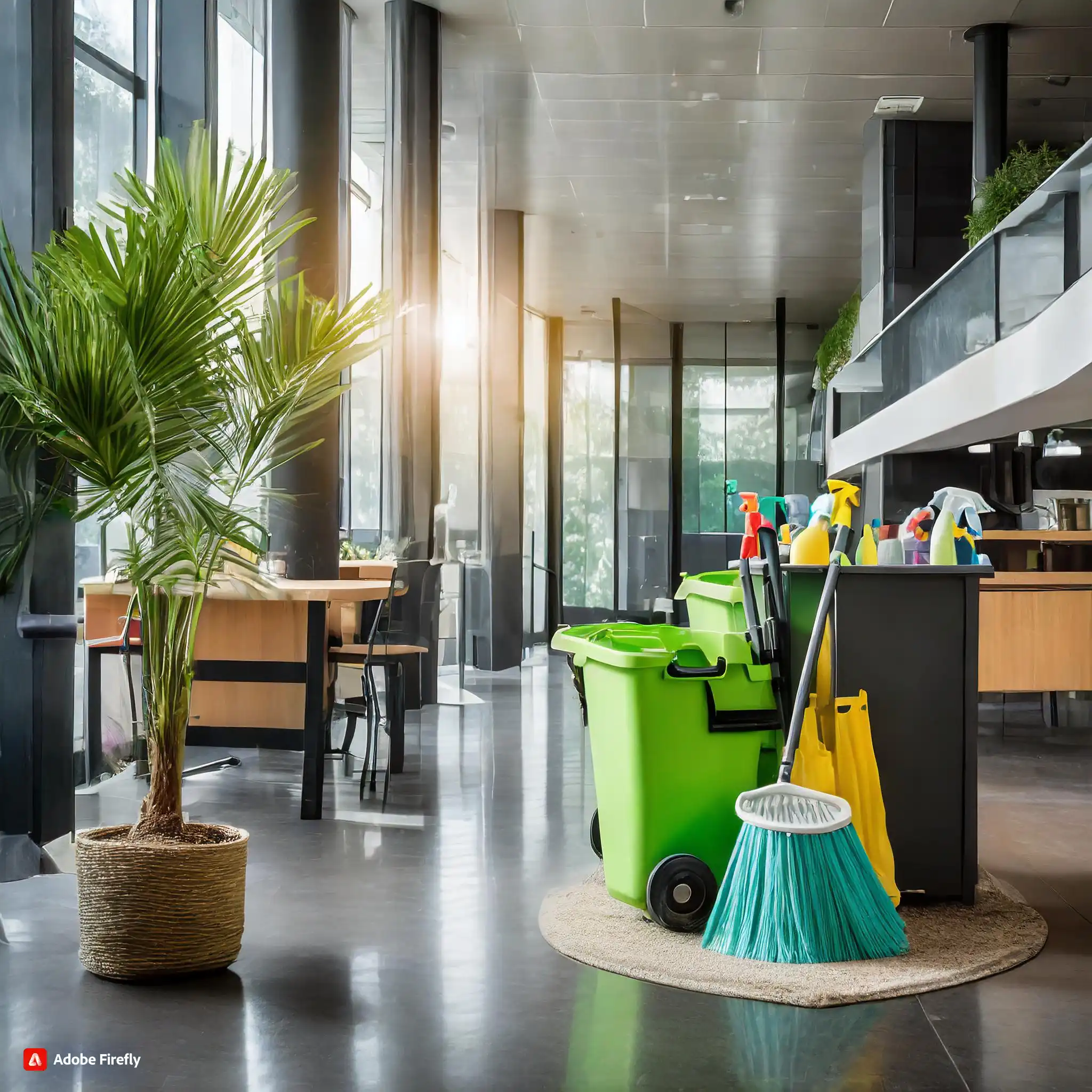Unveiling the Chronicles: The Evolution of Floor Machines
Delve into the captivating history of floor machines, tracing their origins from the early 1900s to the cutting-edge
technology of today. Witness the journey of innovation that has transformed the way we maintain and polish floors.
Inception of Electric-Powered Floor Machines
Electric-powered floor machines made their debut in the early 1900s, coinciding with the introduction of vacuum cleaners
suitable for professional cleaners. These machines marked a significant shift in the approach to floor maintenance.
The Pioneering “Divided-Weight” Machines
The first floor machines, known as “divided-weight” machines, had their weight concentrated on the rear wheels, allowing
a push-pull motion for scrubbing and polishing. Equipped with brushes made from Tampico and Bassine, these machines
paved the way for floor care practices.
Carnauba Wax and the Pursuit of Shine
Carnauba wax emerged as the go-to solution for floor polishing during this era. To achieve a polished finish, the wax
was applied and polished using the divided-weight machines. Despite their efficiency, these machines lacked the speed
and pressure for a high-gloss shine.
Centrifugal Force and Speed Regulations
Centrifugal force played a crucial role in determining the ideal rotational speed, capping it at 175 RPM to prevent
cleaning solution spray. Early tests revealed that speeds exceeding 200 RPM resulted in spray-related issues, prompting
a careful balance in machine design.
Emergence of the “Swing” Machines
By the 1920s, manufacturers introduced “swing” machines that lifted the rear wheels from the floor during operation.
Despite initial challenges in adapting to these machines, cleaning professionals soon realized their potential to
enhance scrubbing and polishing actions.
Variable Speed Machines Revolutionize Floor Care
In the late 1950s, the demand for faster and heavier floor machines led to the introduction of variable speed floor
machines. Operators could now adjust rotational speeds between 175 and 350 RPM, catering to diverse floor care needs.
Modern Advancements: Polymer Technologies
Floor machines have evolved into sophisticated, quiet, and reliable devices. Polymer technologies have contributed to
the development of high-quality floor finishes, while advancements in floor machine pad technologies ensure optimal
performance.
The Quest for the “Wet Look”
Achieving the coveted “wet look” involves meticulous scrubbing, coating with quality floor finishes, and regular
burnishing. This process enhances floor shine, removes scuffs, and prolongs the life of the floor finish.
Buffing and Burnishing: A Ritual of Brilliance
Regular buffing and burnishing programs have become integral to floor maintenance, offering increased safety, enhanced
appearance, and overall cost savings. The friction generated during burnishing facilitates floor finish bonding,
ensuring a durable and lustrous surface.
The Rise of Cylindrical Machines
As we peer into the future, cylindrical floor care machines with counter-rotating brushes are emerging as the forefront
of floor care. With rotating speeds exceeding 1,000 RPM and increased contact pressure, cylindrical machines prove to be
versatile and efficient.
Embark on a journey through time with floor machines, witnessing their evolution from humble beginnings to cutting-edge
technology. Contact us to explore how these advancements can revolutionize your floor care routine.
We’re here to guide you through the next chapter in floor maintenance history!
